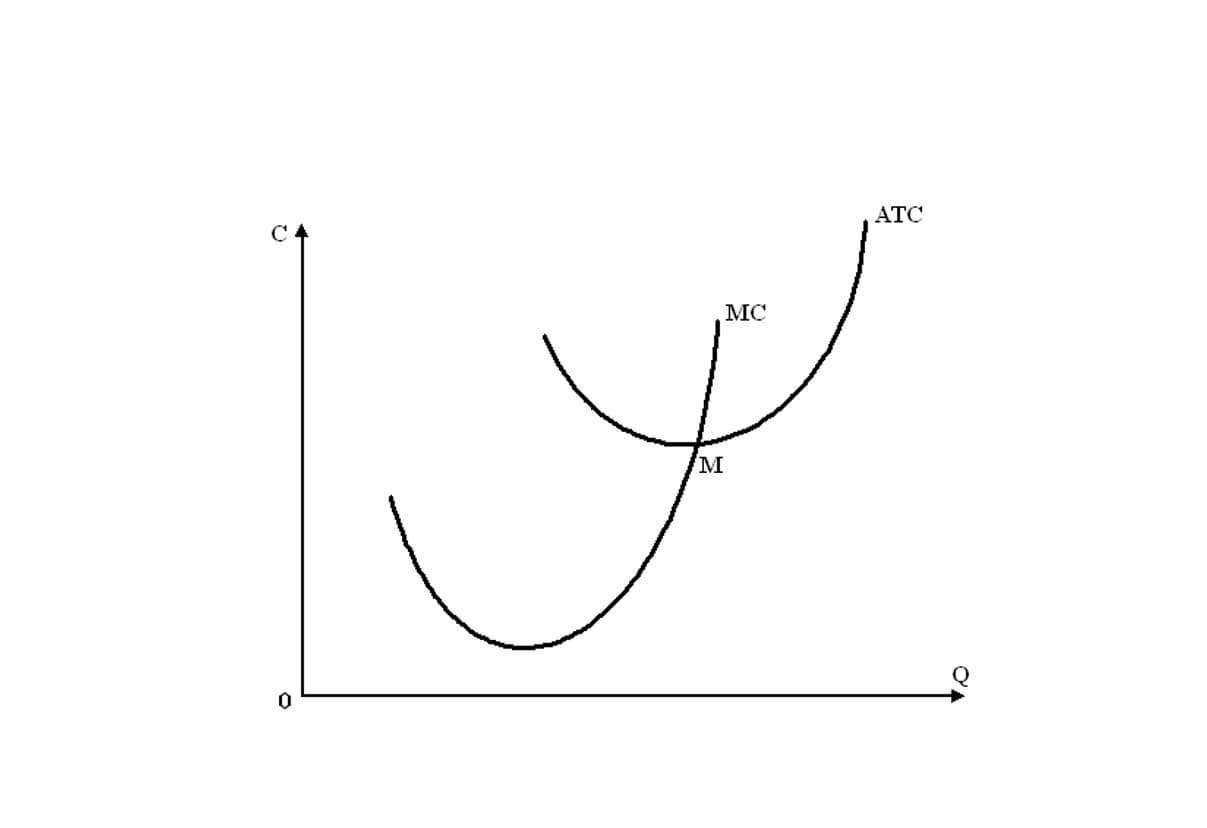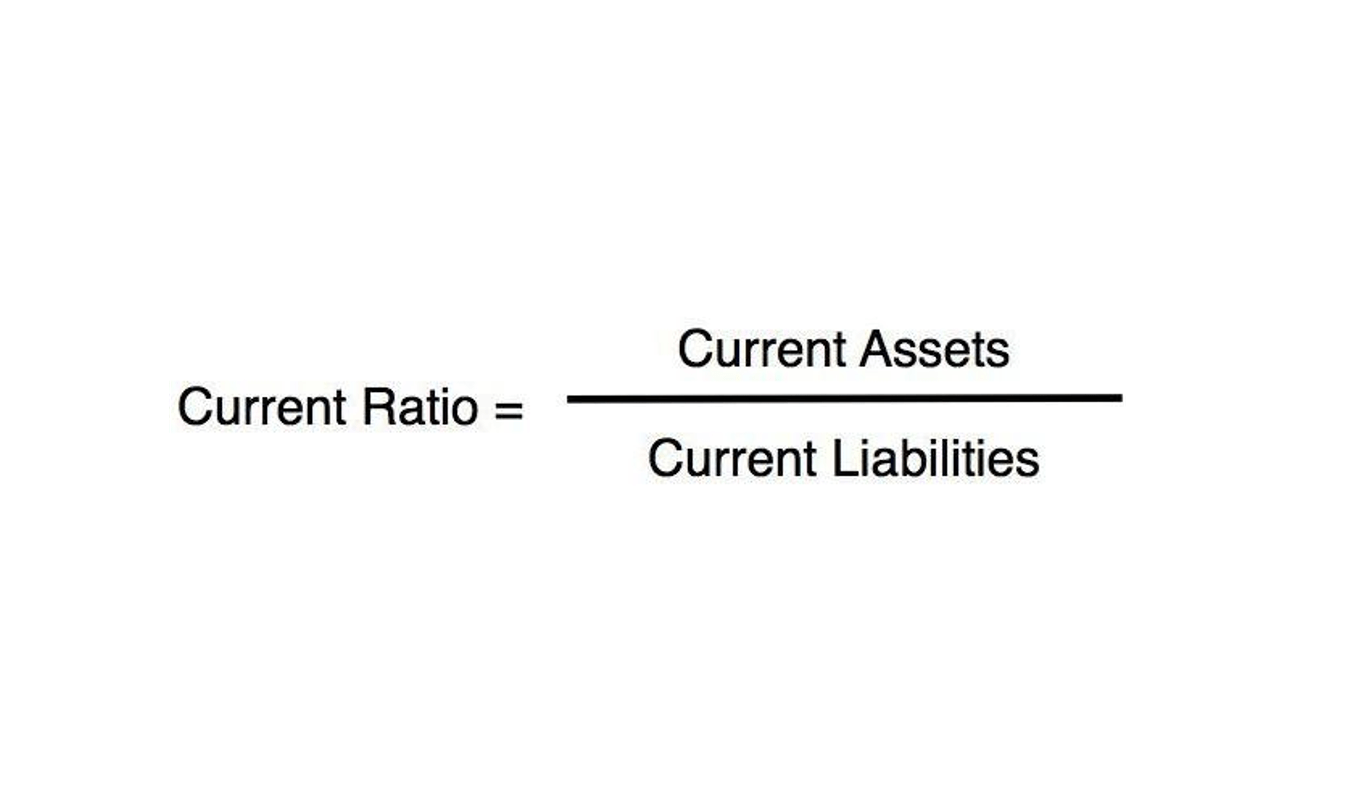
Note that the date must fall within the selected beginning and ending dates, and it must be different from any and all other transaction dates. If two or more stock transactions occurred on the same date, please combine them into a single entry. Note that this date selection will need to come before all other dates selected in the remainder of the calculator. Below is the Weighted Average Shares calculation example when shares are issued and repurchased during the year.

Increase or decrease:

Another metric calculated using shares outstanding is the price-to-book (P/B) ratio. In the US, public companies are obligated to report their number of shares outstanding as part of the SEC’s filing requirements. Shares Outstanding represent all of the units of ownership issued by a company, excluding any shares repurchased by the issuer (i.e. treasury stock). When making a weighted average calculation, one computes an average of several numbers by assigning a suitable weight to each unit number to make it an equivalent contributor to its total.

Mortgage Calculators
Therefore, all public companies determine the weighted average number of shares outstanding at the end of their reporting period to calculate and report EPS in their financial statements. Let’s take an example to illustrate how the sale and purchase of common shares impact the company’s weighted average number of shares outstanding. Understanding how to calculate the weighted average Bookstime common shares outstanding is essential for determining a company’s earnings per share (EPS). This figure reflects changes in share count over time, providing insights into profitability.
- It is calculated by dividing the company’s earnings for a given period by the number of common shares outstanding.
- This distinction is critical for ensuring the accuracy of the EPS calculation, as it directly impacts the denominator in the equation.
- Once you’ve located the number of treasury stocks, write it down for your calculations.
- It can split its stock to reward its current investors and to make its price per share more tempting to new investors.
- Companies with big news that affects their number of shares outstanding, such as stock splits, announce the events in press releases that are reported by the business media.
Outstanding Shares Definition and How to Locate the Number
- In the row directly below this line, select the ending date of the period you are calculating outstanding shares for.
- If the beginning or ending share count were used, there would be a mismatch in the timing between the numerator (which typically spans the full fiscal year) and the denominator.
- Shares outstanding are used to determine a company’s market capitalization, i.e. the total value of a company’s equity, or equity value.
- Thus, if the EPS is calculated after simply adding such buyback, earnings so calculated will be much higher than the actual amount.
- For instance, a stock split increases the number of shares while proportionally reducing the share price, leaving the company’s market capitalization unchanged.
- Restricted stock are shares that are owned by company insiders, employees and key shareholders that are under temporary restriction, and therefore cannot be traded.
- In effect, it weights any change in the number of shares outstanding according to the length of time that change was in effect.
The how to calculate weighted average number of common shares outstanding weighted average of shares outstanding is calculated based on the volumes of various share sales and purchases over a period of time. If you want to understand how to make money trading stocks, it’s critical to understand the different kinds of shares that companies make available. Calculating the number of outstanding shares a company has can help you to understand what proportion of a company’s stock is held by its shareholders. This, in turn, tells you which investors hold the largest numbers of shares, and therefore have the most influence at shareholder meetings. This number is also used to calculate several key financial metrics, so it’s important to understand how to calculate outstanding shares.
Categories of Weighted Average Shares Outstanding

In this example, the weights are calculated as 0.75 and 0.25, respectively, and the weighted average number of shares outstanding is 131,250. A weighted average is simply a method of determining the mean of a set of data in which certain points occur multiple times or in which certain points are valued more highly than others. Though the method net sales of determining weights may vary, weighted averages are used in the calculation of a variety of technical indicators and financial metrics. While outstanding shares are a determinant of a stock’s liquidity, the latter is largely dependent on its share float.

